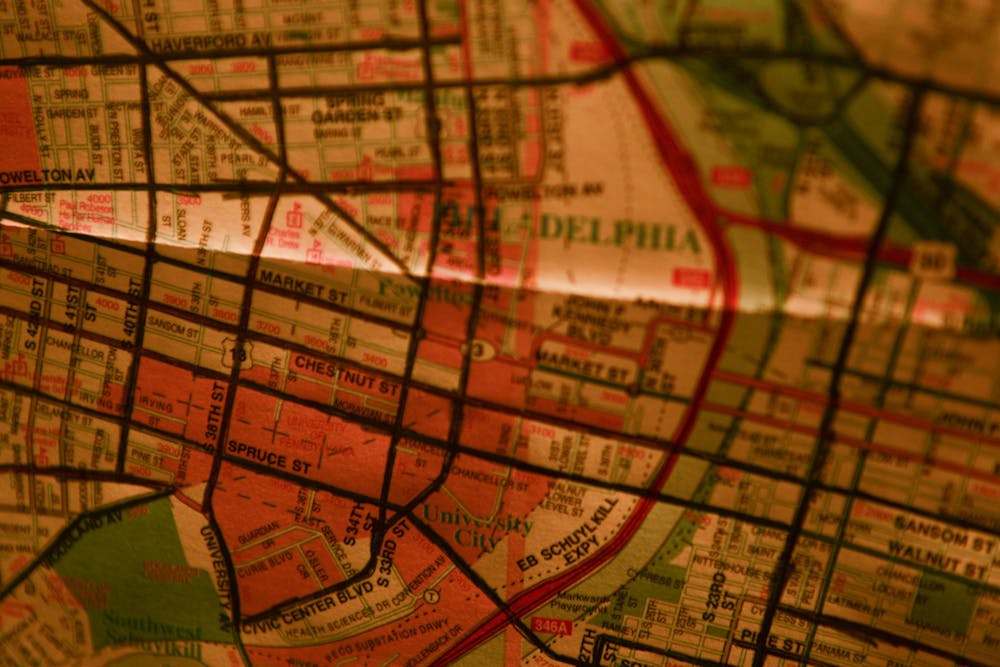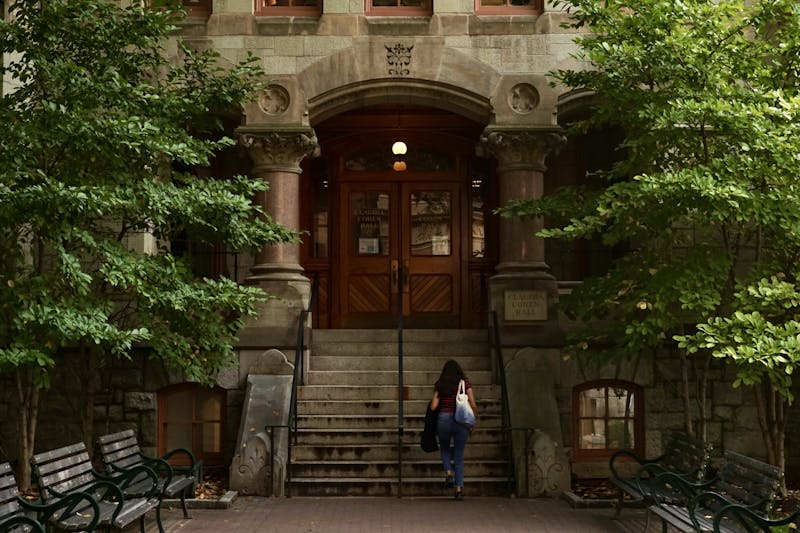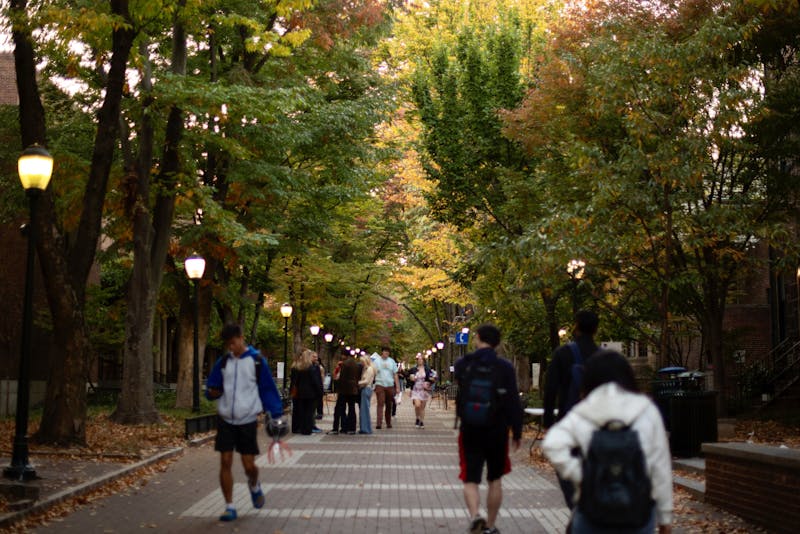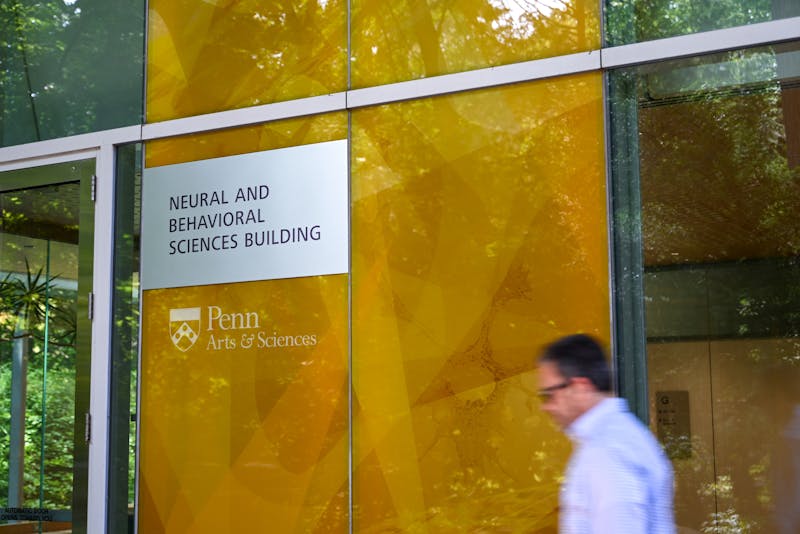
Can I interest you in some property along Reflection Drive? It has everything anybody could ever want: a peaceful street, a lake right next to it, and it’s just off the highway — you’ll be in the center of town in five minutes!
There’s just one catch: It doesn’t exist. Well, that’s not exactly true. It exists in one place: my hometown, as depicted by a single paper map design, one of which is hanging on my dorm room wall.
For the ordinary purposes of a map, having something like Reflection Drive would be a failure. Maps are supposed to tell you where you are, where you need to go, and how to get there. But maps have a secondary purpose: making their publishers money. Thus comes the trap street — an intentional error by a cartographer, lurking like a trap to catch copyright violations.
This sounds like a flaw; when you pick up a paper map, you’re probably trying to figure out how to get from point A to point B. Reflection Drive isn’t helping with that, whether it’s a trap street or a more innocent error by some tired mapmaker. Why not use something more accurate like Google Maps or OpenStreetMap?
But these little errors aren’t as bad as they seem. It’s a reminder not to trust the map. Paper maps, with their oddly placed borders and kooky bold sans-serif fonts and weird ideas about what constitutes a local landmark, admit that they too can err. It’s up to me to determine the best route; the map can just help me along the way.
Compare this to Google Maps or whatever other navigation app is carrying out its war against battery life. It has demands: Here is how you get from here to there. Maybe, if you’re lucky, you are offered an alternative route, which may or may not make any sense. Constant alerts about construction and road closures and speed traps tell you that you are in safe hands.
But you aren’t in safe hands. Even without trap streets, online maps aren’t always accurate. That road that was open yesterday is closed today. Cycling and walking directions in particular often rely on roadways that are unnecessarily dangerous. And that’s not to mention all the people who have gotten dangerously lost because of poor GPS directions.
Yet, through all this, Google Maps and its compatriots are still thought of as part of the good side of technology, distinct from its failures. This is true, but only to a point. Humanitarian OpenStreetMap and the development of QGIS and similar apps show the promise of putting maps on the web. While GPS has stranded many a traveler, it has also saved many from being stranded. It’s particularly invaluable for finding areas you have never been to before, but is an unnecessary distraction a few minutes from your door.
Still, there are more benefits to old-fashioned navigation with a paper map than just having a backup when GPS goes wrong. You can’t examine the place around you as well if you’re examining the screen of your phone at the same time. Plus, memorizing directions from a paper map puts the map in your mind in a way that following GPS directions on a screen doesn’t, at least for me.
Electronic maps, despite their image of perfection, are only human. They don’t control us; we can step away when we want to. How to make sure that you are in the driver’s seat varies from person to person; we all have different senses of safety and maps already in our heads. Still, here are some suggestions.
Firstly, I’ve found it useful to appreciate the beauty of paper maps, but to supplement with electronic maps. It’s much easier to find specific locations by searching on Google Maps or the like. But Philadelphia’s grid system means that there are many equally valid ways to get somewhere; you can pick the way you like most, rather than letting an algorithm choose for you.
Secondly, it takes having paper maps to use paper maps. For me, tacking them to my dorm room wall has been a good solution. The Philadelphia map is useful for directions; the maps of my hometown are interesting to puzzle over, looking for Reflection Drive and its fellow trap streets.
Furthermore, Penn can encourage having physical maps. It would be a bad idea for Penn to behave like my high school and ban Google Maps, but there are more reasonable steps that it can take. Giving out a small map of the nearby area to every student at orientation would cost little. However, it would have big benefits, connecting students to the local community and nudging them to look up from their phones.
Paper maps aren’t a cure-all. Even I still need to use Google Maps sometimes, especially for transit directions. Yet they do something that electronic maps are set up not to do: let you find the way yourself. No matter what slick directions some new app has cooked up, Reflection Drive is always lurking out there. Can you find it?
BENJAMIN McAVOY-BICKFORD is a College first year from Chapel Hill, NC. His email is bmcavoyb@sas.upenn.edu.
The Daily Pennsylvanian is an independent, student-run newspaper. Please consider making a donation to support the coverage that shapes the University. Your generosity ensures a future of strong journalism at Penn.
Donate






